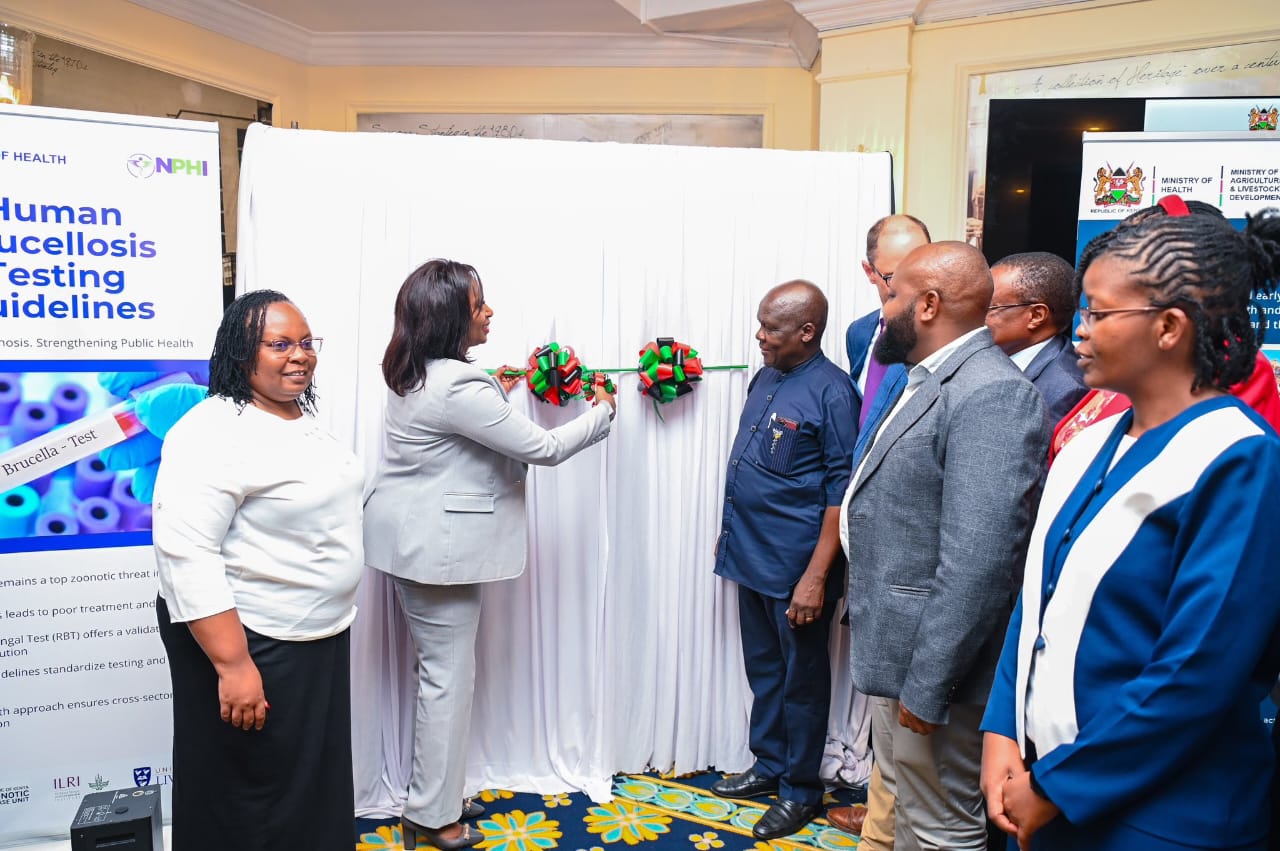
How to reduce your risk of Dengue Fever
Dengue mosquitos breed in water-filled containers.
State has launched Rift Valley Fever and Brucellosis detection tools.
In Summary

Audio By Vocalize

Kenya has taken a significant step in strengthening its
public health system with the launch of a new Rift Valley Fever (RVF)
Contingency Plan and Human Brucellosis Testing Guidelines.
The initiative aims to enhance early detection, standardise diagnostic procedures, and promote a coordinated One Health response to zoonotic diseases that threaten both human and animal populations.
The launch, presided over by principal secretary Mary Muthoni, underscores the government’s commitment to protecting communities in pastoralist and high-risk regions, where recurrent RVF and brucellosis outbreaks have historically posed major health and economic challenges.
Speaking during the unveiling, PS Muthoni emphasised the importance of accurate diagnostics and timely interventions.
“Standardising diagnostic protocols, improving laboratory accuracy, and building county-level surveillance and response capacity will be key to reducing misdiagnosis and preventing avoidable epidemics,” she said.
The new guidelines are designed to equip healthcare workers, veterinarians, and public health teams with the tools necessary to identify and respond to infections rapidly.
By streamlining laboratory procedures and ensuring consistent reporting, the government seeks to minimise delays in detection that can exacerbate the spread of disease.
PS Muthoni also highlighted the critical role of collaboration in achieving these goals.
She acknowledged the support of government institutions, research organisations, academia, and development partners, including the International Livestock Research Institute (ILRI) and the University of Liverpool.
“Multisectoral action remains central to safeguarding public health, livestock, and the economy,” she added, noting that the combined expertise strengthens Kenya’s capacity to manage zoonotic disease threats effectively.
The launch signals a proactive approach by the Ministry of Health, integrating human and animal health strategies to protect vulnerable populations.
With enhanced surveillance, testing, and response frameworks, Kenya is better positioned to prevent the loss of lives, livestock, and livelihoods from RVF and brucellosis outbreaks.
By enhancing early detection and coordinated response, Kenya aims to protect these communities, reduce health risks, and preserve the vital livestock sector that contributes significantly to the national economy.
Kenya’s launch of advanced disease preparedness tools for Rift Valley Fever and Brucellosis demonstrates the country’s commitment to proactive public health management through a one health approach.
By strengthening early detection and response mechanisms, Kenya aims to minimize these risks, protecting both human health and the livestock sector critical to the national economy.
By improving diagnostic accuracy, strengthening surveillance, and fostering multisectoral collaboration, Kenya is better positioned to prevent and manage zoonotic disease outbreaks that threaten health and livelihoods.

Dengue mosquitos breed in water-filled containers.
